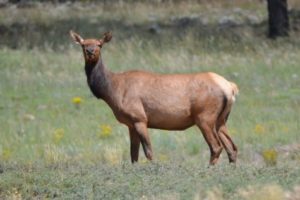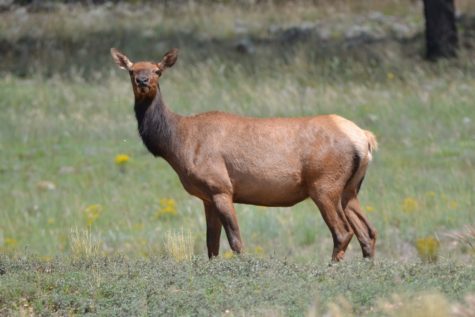EDMONTON, Alberta — New research from the University of Alberta has found that female elks alter how they conduct themselves as they age to adeptly avoid hunters — so much so that they become practically “bulletproof.”
The study examined elk residing in the 46,000 square kilometers between Southwestern Alberta and Southeastern British Columbia from 2007 to 2012 using radiocollars. Forty-nine elk between the ages of 1 and 18 were tracked for the study.

Researchers observed that older elk used their social learning skills to dodge hunters.
“Elk learn to become shy as they get older,” says Mark Boyce, a conservation biologist, in a university press release. “The magic number is 10. After this age threshold, female elk become almost bulletproof, virtually invulnerable to hunting.”
Boyce and his co-authors determined elk that survive each hunting season get even better at avoiding hunters the next time around, using tactics such as moving around less in general and staying in places where hunters are much less likely to be. When the elk found themselves near roads, they kept to more rugged terrain or within forests.
“Learning plays a large part in the adaptation of elk to hunting, and those elk that survive hunting seasons get even better at avoiding hunters in subsequent seasons,” says Boyce.
Perhaps even more incredibly, the elk were able to recognize tactics used by bow hunters and rifle hunters. For example, the animals would stick more frequently to the rugged terrain during bow hunting season than during rifle hunting season. This made it harder for bow hunters, who need to be closer to their prey than those hunting using rifles.
The findings of this study could have a significant impact on conservation strategies for wildlife, the researchers believe.
“This means that our wildlife management and conservation strategies are working,” said Boyce.
The study’s findings were published this month in the journal PLOS ONE.
